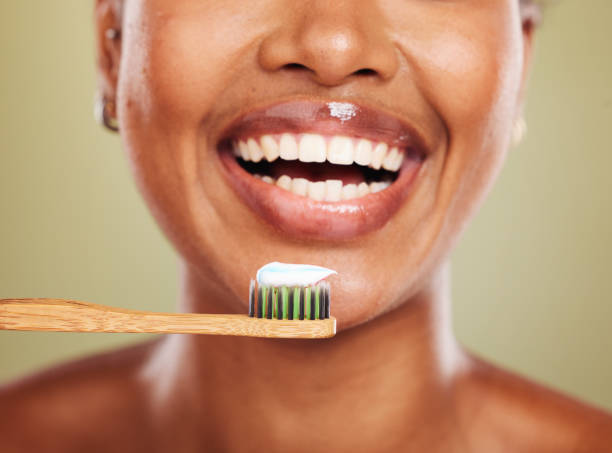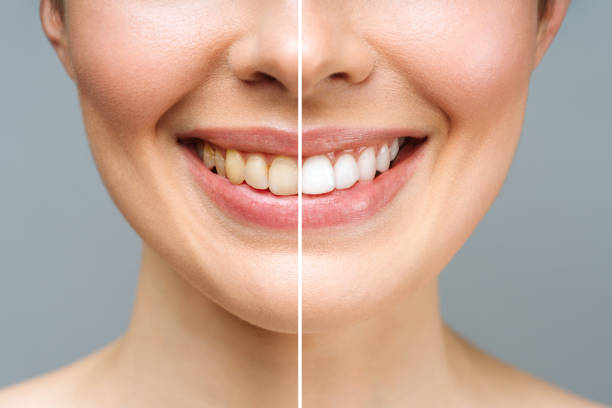Call Us Today
Nurturing Smiles, Nourishing the Earth: The Rise of Eco-Friendly Dentistry
Introduction:
In an era where environmental consciousness is paramount, the field of dentistry is making significant strides towards eco-friendly practices. Traditional dental procedures and materials can contribute to environmental waste, prompting a growing number of dental professionals to adopt sustainable and eco-friendly approaches. In this article, we will delve into the key aspects of eco-friendly dentistry, exploring how these practices not only benefit the planet but also contribute to the well-being of patients.
Bullet Points:
1. Biodegradable and Sustainable Materials:
-
- Eco-friendly dentistry promotes the use of biodegradable and sustainable materials, such as bamboo toothbrushes, compostable dental floss, and recyclable packaging. This shift reduces the environmental impact of dental products and supports a more sustainable industry.
2. Energy-Efficient Practices:
-
- Sustainable dental practices prioritize energy efficiency by incorporating eco-friendly technologies, such as energy-efficient lighting, low-energy dental equipment, and renewable energy sources. These efforts reduce the carbon footprint of dental offices and contribute to a greener, more sustainable future.
3. Waste Reduction and Recycling:
-
- Eco-friendly dentistry focuses on minimizing waste by adopting practices like amalgam separator use for proper disposal, recycling dental materials, and implementing green sterilization techniques. These strategies aim to reduce the environmental impact of dental procedures and contribute to overall waste reduction efforts.
Embracing Biodegradable and Sustainable Materials
A fundamental aspect of eco-friendly dentistry is the shift towards biodegradable and sustainable materials. Traditional dental products, often made from non-biodegradable plastics, contribute significantly to environmental pollution. Eco-conscious dental professionals are turning to alternatives such as bamboo toothbrushes, which are not only sustainable but also biodegradable, leaving a minimal environmental footprint.
Complementing this shift is the use of compostable dental floss, which breaks down naturally and avoids contributing to the plastic waste crisis. Additionally, recyclable packaging for dental products is gaining popularity, providing patients with an eco-friendly choice when selecting oral care items. By embracing these materials, eco-friendly dentistry is fostering a more sustainable dental industry that aligns with the growing environmental awareness of patients.
Prioritizing Energy-Efficient Practices
Sustainable dental practices extend beyond materials to encompass energy-efficient technologies and practices. Conventional dental offices can be energy-intensive, from lighting to the operation of dental equipment. Eco-friendly dentistry aims to minimize this environmental impact by adopting energy-efficient lighting solutions, utilizing low-energy dental equipment, and exploring renewable energy sources.
Energy-efficient lighting not only reduces electricity consumption but also creates a more environmentally friendly workspace. Dental offices are increasingly integrating low-energy dental equipment that meets high-efficiency standards, contributing to lower energy consumption during procedures. Some eco-conscious dental practices even invest in renewable energy sources, such as solar panels, to further minimize their carbon footprint. Through these efforts, eco-friendly dentistry is embracing a holistic approach to sustainability.
Waste Reduction and Recycling Initiatives
Waste reduction and recycling are crucial components of eco-friendly dentistry. Dental procedures can generate a significant amount of waste, including materials like amalgam used for fillings and disposable items used during treatment. Eco-friendly dental practices employ amalgam separators to ensure proper disposal of amalgam waste, preventing mercury contamination in water sources.
Recycling initiatives extend to various aspects of dental care, from the recycling of disposable bibs and plastic packaging to the repurposing of used dental instruments. Green sterilization techniques, which utilize steam and eliminate the need for chemical disinfectants, contribute to waste reduction and environmentally conscious practices. By implementing these initiatives, eco-friendly dentistry is actively working towards minimizing its environmental impact and promoting sustainable dental care.
Conclusion:
Eco-friendly dentistry represents a promising movement towards sustainable oral healthcare. From the adoption of biodegradable materials and energy-efficient practices to waste reduction and recycling initiatives, dental professionals are embracing eco-conscious approaches that benefit both the planet and patient well-being. As patients become more environmentally aware, the demand for eco-friendly dentistry is likely to grow, encouraging further innovations and practices that prioritize the health of smiles and the health of the Earth.


